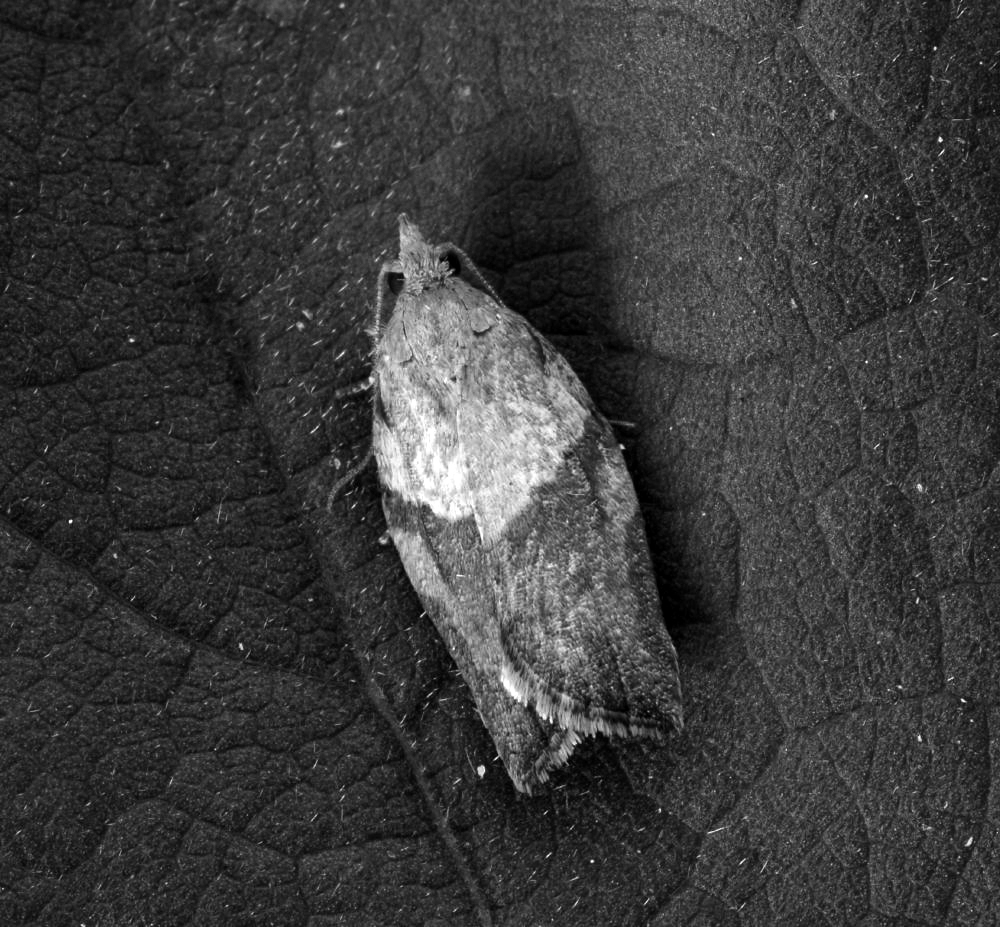05
Sep
California Court OKs Pesticide Plan for Light Brown Apple Moth
(Beyond Pesticides, September 5, 2012) A California court has removed aerial spraying from a controversial statewide plan to control the light brown apple moth. However, the court let stand the rest of the large-scale plan implemented by the California Department of Food and Agriculture (CDFA), limiting its duration and requiring a review of the environmental effects if the state proposes to continue the Light Brown Apple Moth (LBAM) Program beyond 2017. While the state cannot use aerial spraying methods, the plan approved by the court permits the use of pesticides to control the moth.
In a ruling released last week, Sacramento Superior Court Judge Lloyd Connelly referred to “the experimental nature of the LBAM Program,” observing, “There is no evidence that the Department has been able to identify with any certainty the effectiveness of particular strategies in containing, controlling, suppressing or eradicating LBAM.” The Judge also ruled that, without additional evaluation under California environmental laws, CDFA’s approval of the environmental document would “foreclose the Department from reinstating the aerial releases to the LBAM Plan.”
The court rejected a broader claim by a coalition of health and environmental organizations, which challenged CDFA’s failure to disclose or accurately describe all the harms caused by applying hazardous pesticides throughout the state. Concerns about health and environmental impacts of the program were elevated after hundreds of people reported illnesses in the wake of 2007 “emergency” spraying to eradicate the moth. CDFA justified its wide-reaching pesticide plan based on its unsubstantiated claims that the apple moth, which scientists say has been in California for decades, has to be controlled because it will harm crops and native plants and cause financial losses for the agriculture industry, even though the environmental impact report (EIR) reveals that the moth has done no damage. The apple moth program allows the state to apply pesticides anywhere in the state, at any time, and with no notice to affected communities.
“I’m disappointed and troubled that the court’s narrow interpretation of environmental protection laws could leave millions of Californians in the dark about risks associated with the application of pesticides potentially anywhere in the state,” said San Francisco City Attorney Dennis Herrera. “I’m convinced that the state agency pushing this controversial pesticide program has a legal and moral duty to explore cleaner, safer alternatives.”
“CDFA’s plans to apply pesticides in communities throughout California to control a moth that has little to no impact on agriculture are misguided at best,” said Erin Tobin, an attorney with the public interest law firm Earthjustice, which represents the groups in court. “Unfortunately, the burden is now on the public to protect themselves from chemicals that CDFA has not shown are necessary or even effective.”
CDFA’s apple moth treatments began when CDFA aerially sprayed communities in Monterey and Santa Cruz counties in 2007 with CheckMate LBAM-F, an untested pesticide containing a pheromone with other unevaluated ingredients to purportedly eradicate the non-native moth. Even though evidence shows it has been in the state for a decade or more, the agency claims the moth’s presence is an “emergency” and sprayed without performing legally required health and environmental assessments. After the spraying, hundreds of people reported illnesses. In late 2007, CDFA revealed plans to expand the spraying to the Bay Area. Following an unprecedented public outcry, and rulings by both the Santa Cruz and Monterey superior courts requiring CDFA to comply with the California Environmental Quality Act (CEQA), the Department halted its spraying activities and prepared the EIR. The Santa Cruz County Court ruled the state did not prove that the invasive light brown apple moth poses an immediate threat to life or property. As a result, an emergency exception to spray was found to be unjustified. In 2010, after the EIR was published, several environmental and civic organizations challenged the pesticide program and EIR in court.
The coalition that filed suit includes Our Children’s Earth Foundation, Mothers of Marin Against the Spray (MOMAS), Stop the Spray East Bay, Californians for Pesticide Reform, Stop the Spray San Francisco, Pesticide Watch, Pesticide Action Network North America, the Center for Environmental Health, Citizens for East Shore Parks, the cities of Berkeley, Albany, and Richmond, and the City and County of San Francisco. The coalition is considering an appeal of the court’s decision.
The light brown apple moth, which federal officials say threatens more than 2,000 varieties of California plants and crops, was first spotted in the state in March 2007 and has infested ten counties stretching from north of San Francisco to Santa Barbara. Officials planned to use the pesticide, CheckMate LBAM-F, which works as a pheromone that disrupts the mating cycle of the moth. Uncertainties about the health effects of the so-called inert or undisclosed ingredients, included in many pesticide formulations, are a serious concern. The 2007 aerial spraying for LBAM resulted in 463 illness reports after spraying began. Another concern is the population of endangered and threatened moths and butterflies that could be affected by the aerial applications.
Source: Earthjustice
All unattributed positions and opinions in this piece are those of Beyond Pesticides.











The Dept of Ag cannot be given a blank check to apply these pesticides all over the state. What about the people and species who will be impacted by this? Where is the tracking mechanism for environmental impacts? (a method that I do not like because it forces people to endure toxic assaults). These pheromones are about as natural as nutrasweet and synthetic pyrethroids. If I hear one more pesticide industry hack claim that permethrin and its ilk are derived from the chrysanthemum plant, I will slap them with a libel and slander suit. Manufactured pyrethrins are highly toxic and significantly differ from their natural pyrethrum counterparts in key biological respects, especially when you factor in the synergists, like PBO.
September 7th, 2012 at 10:09 pm